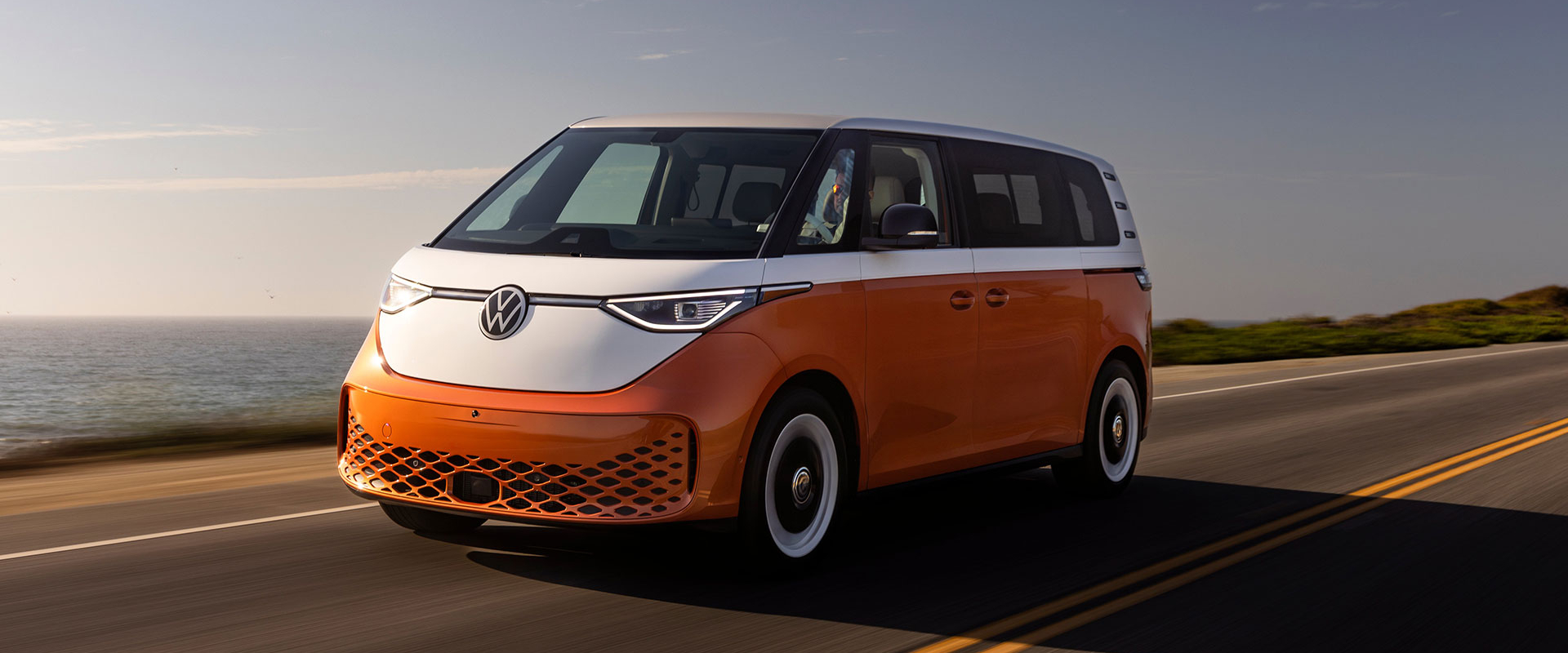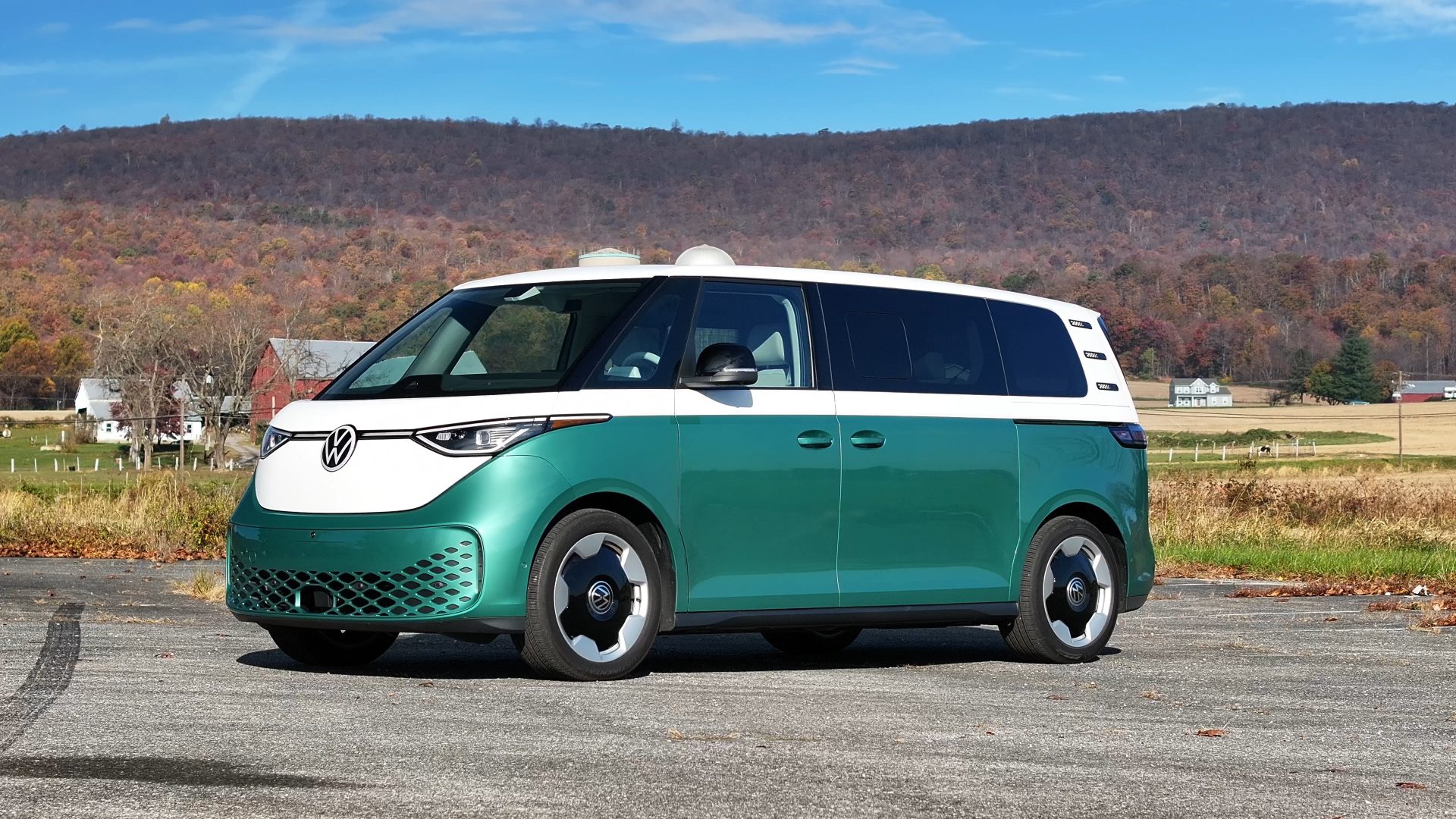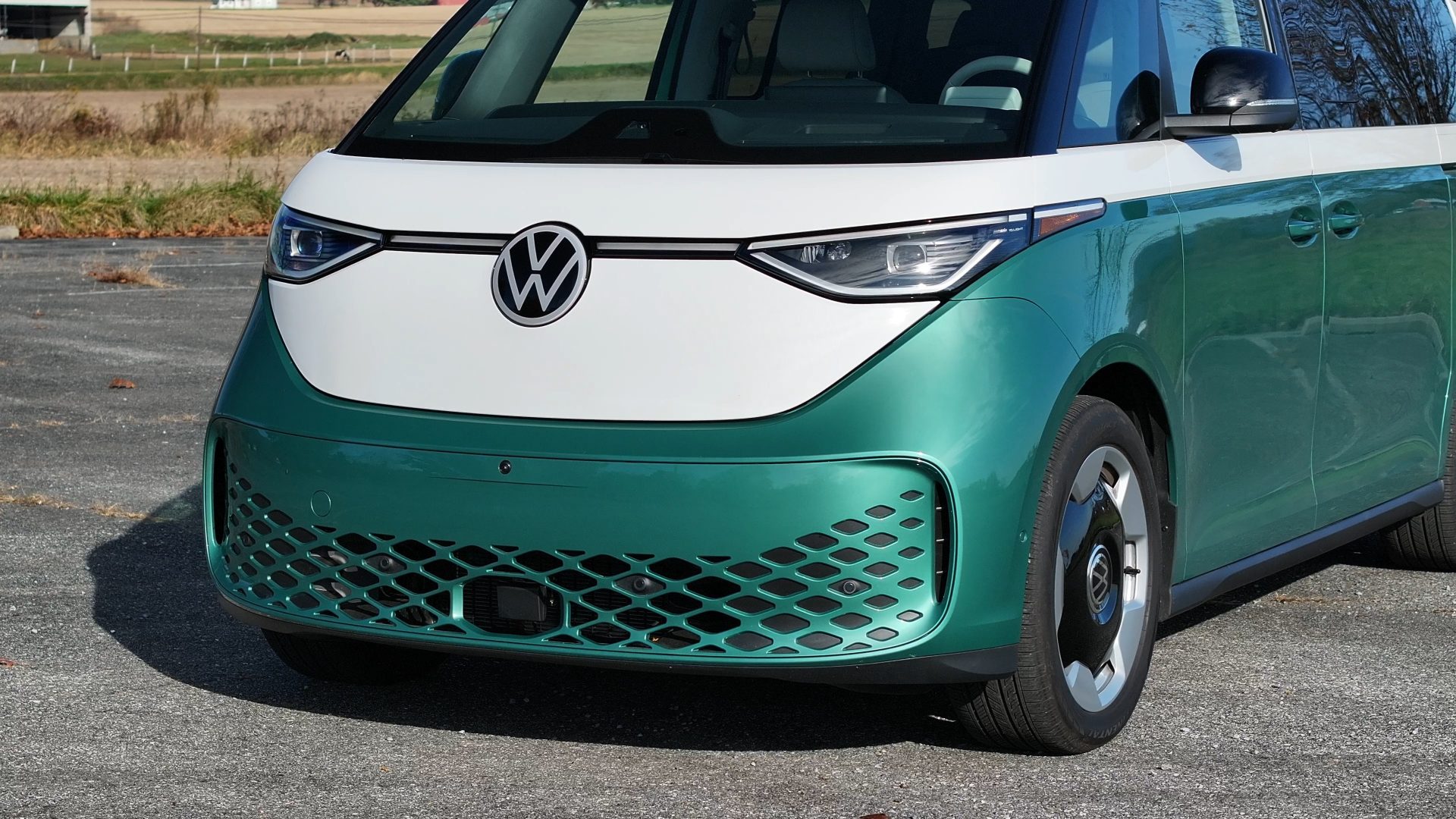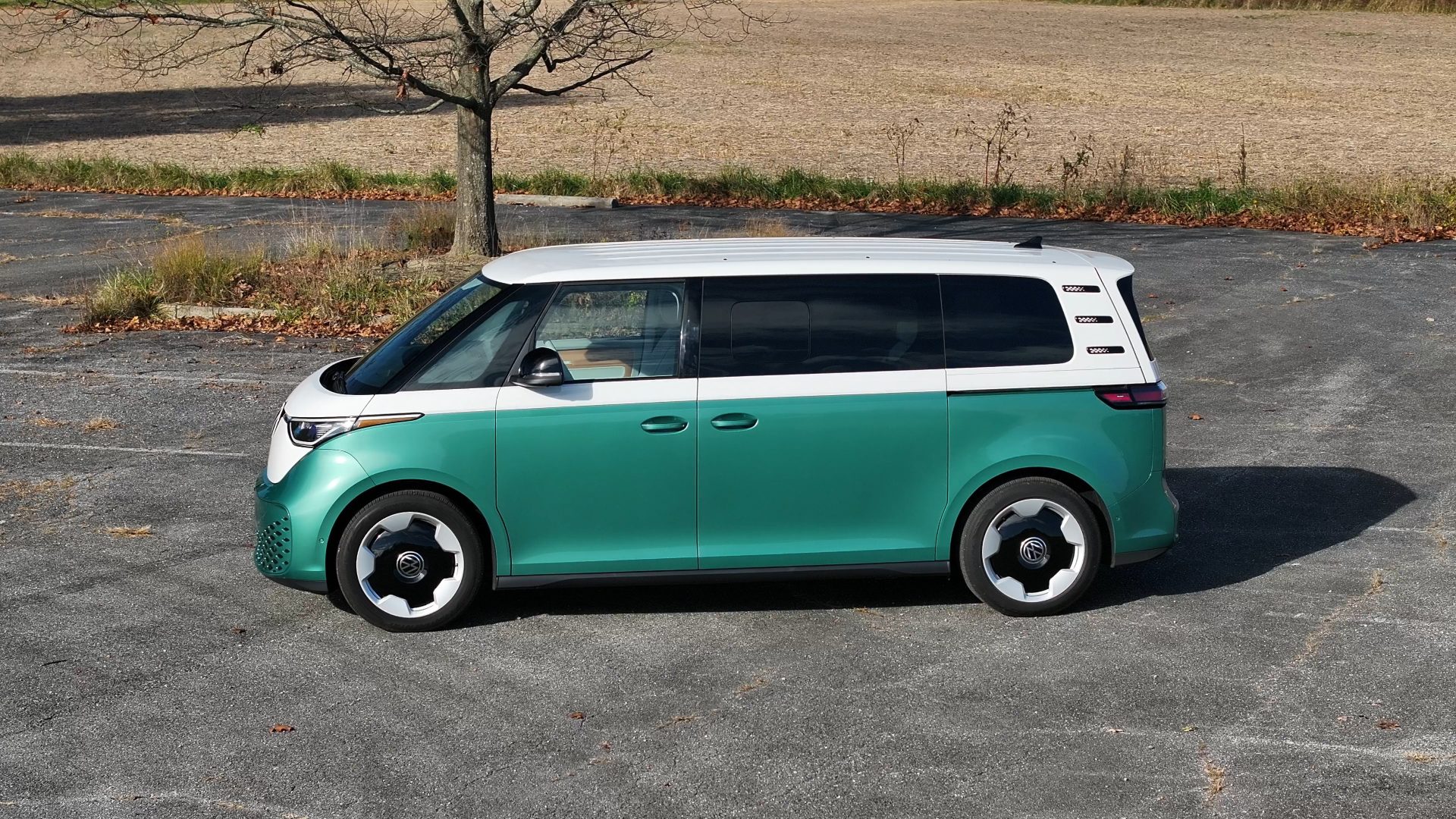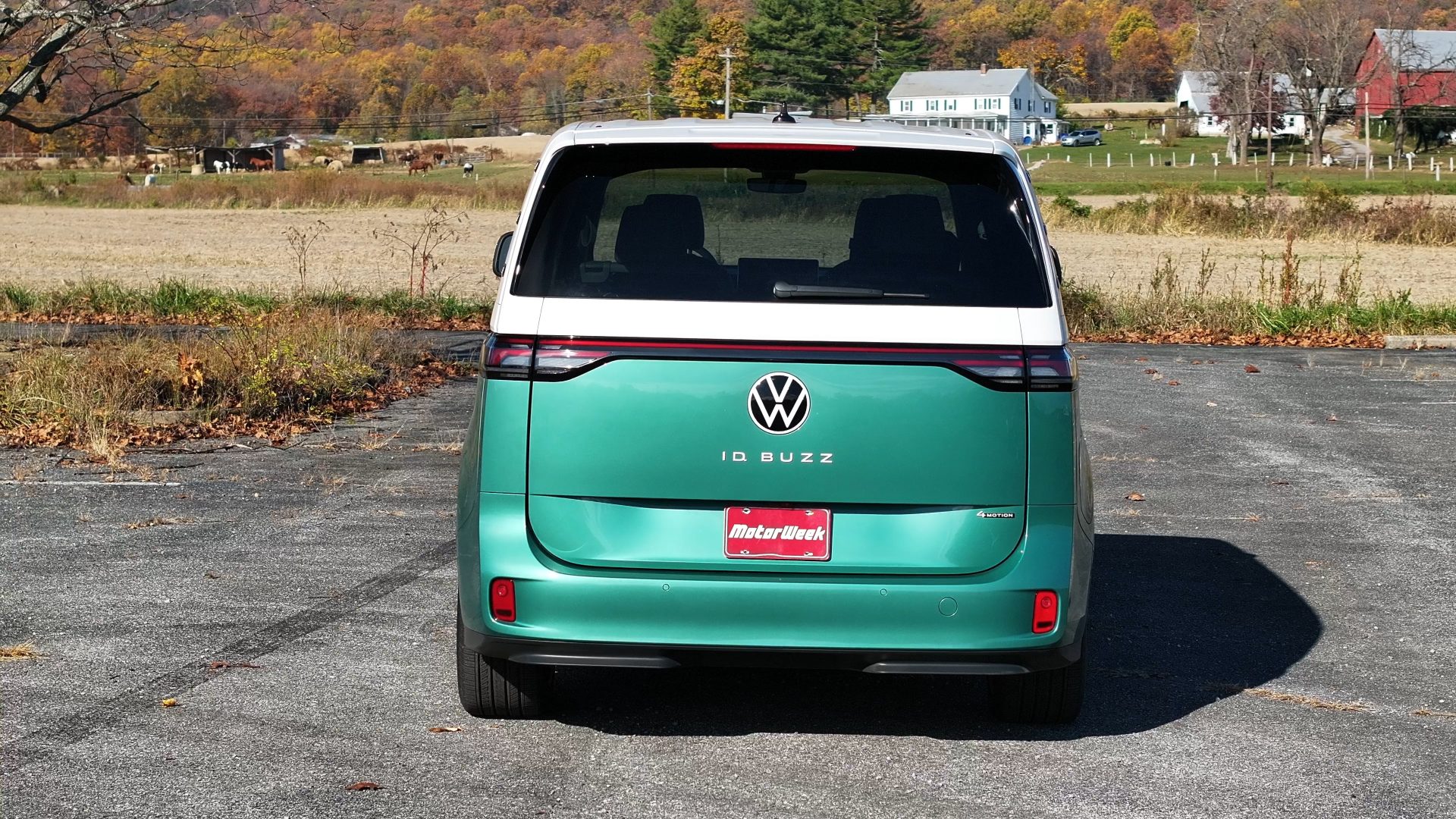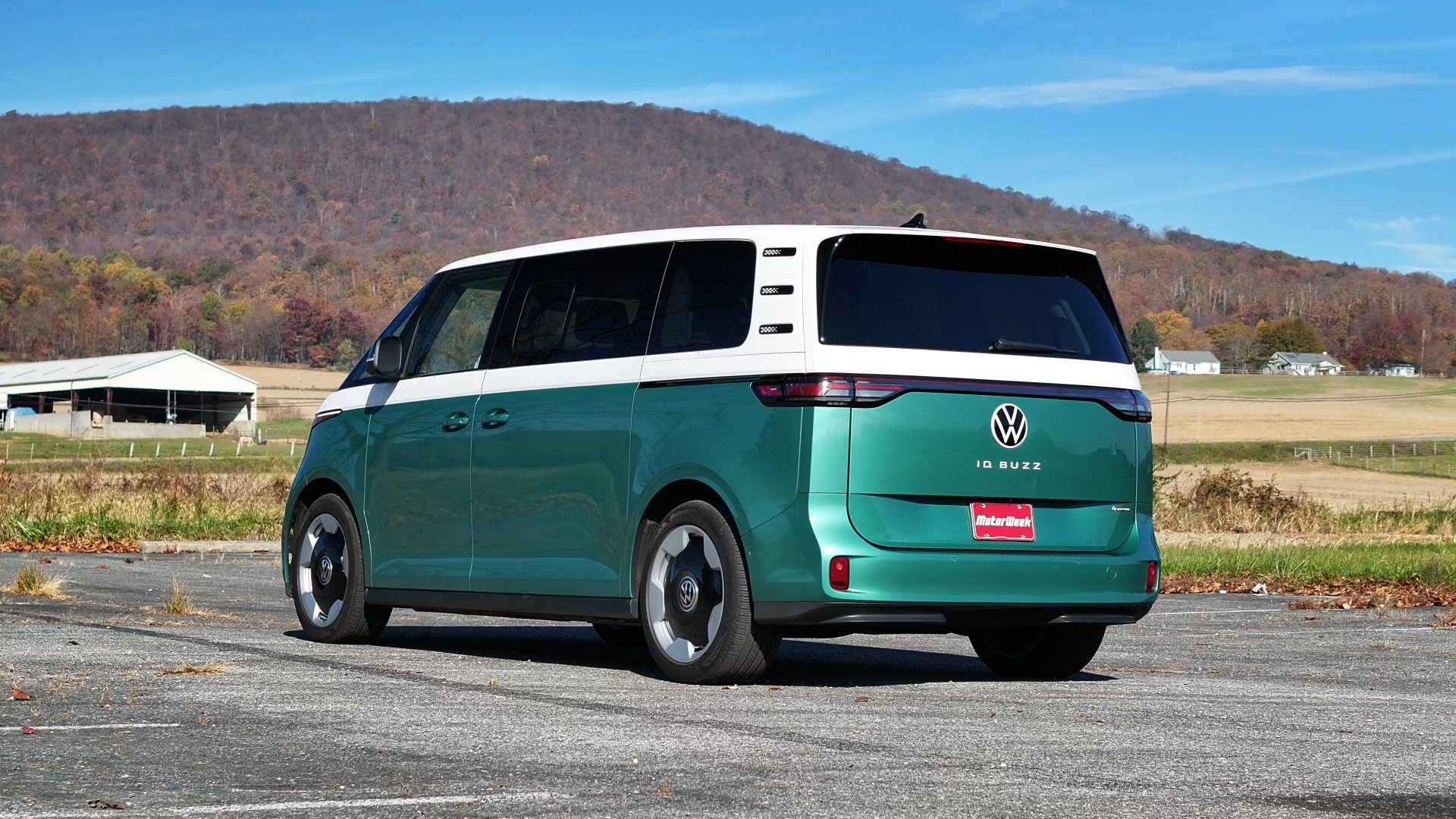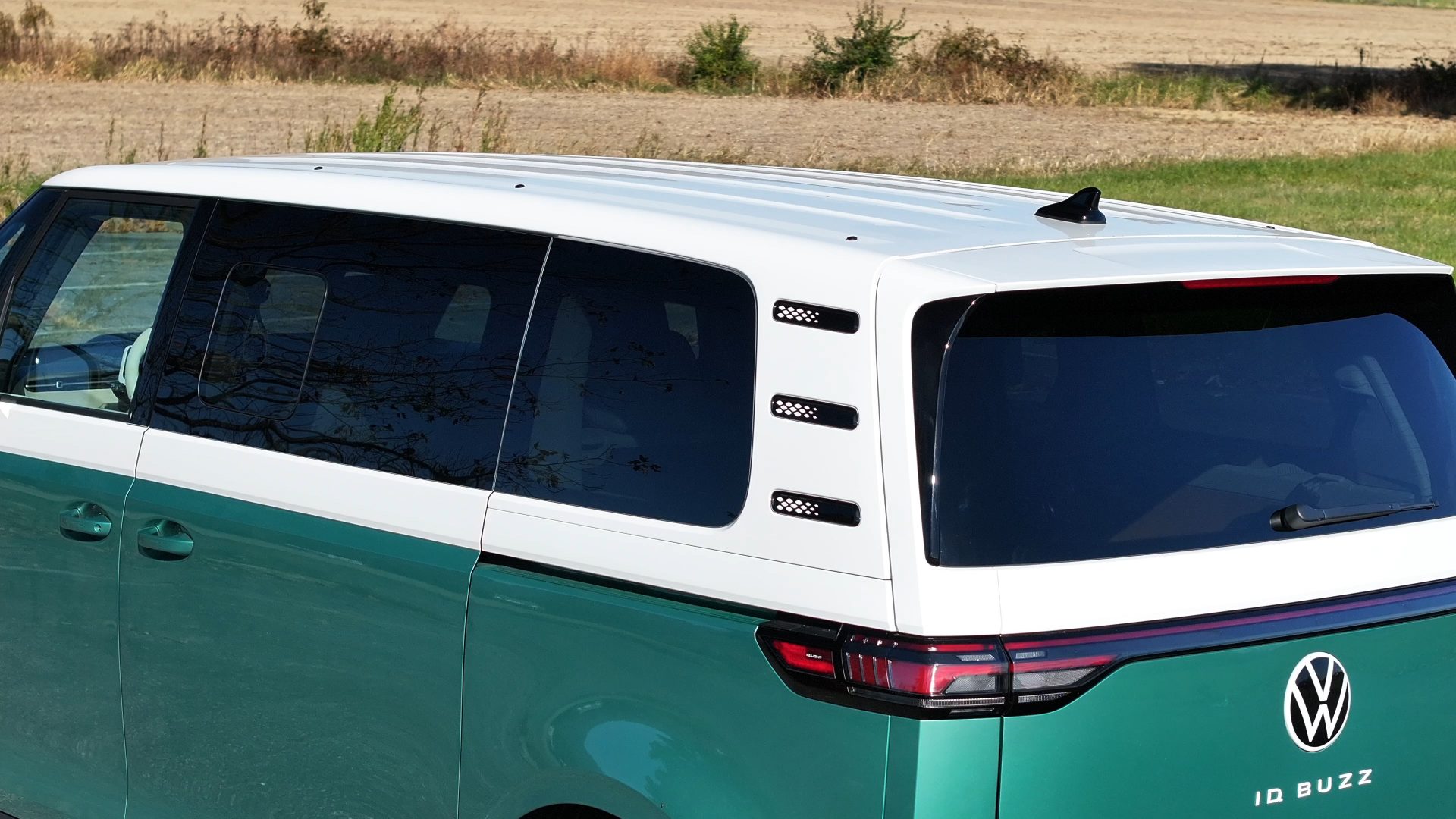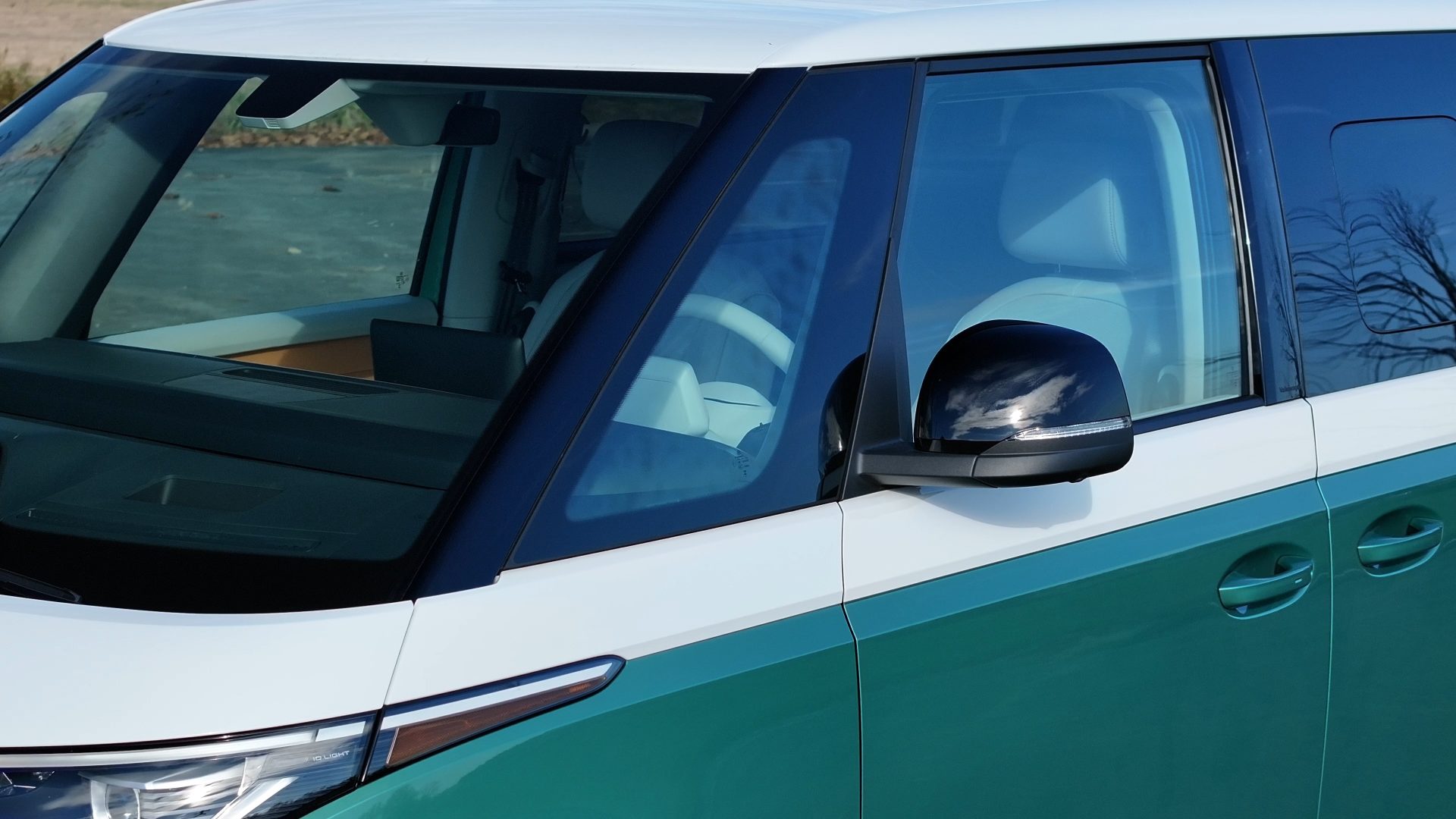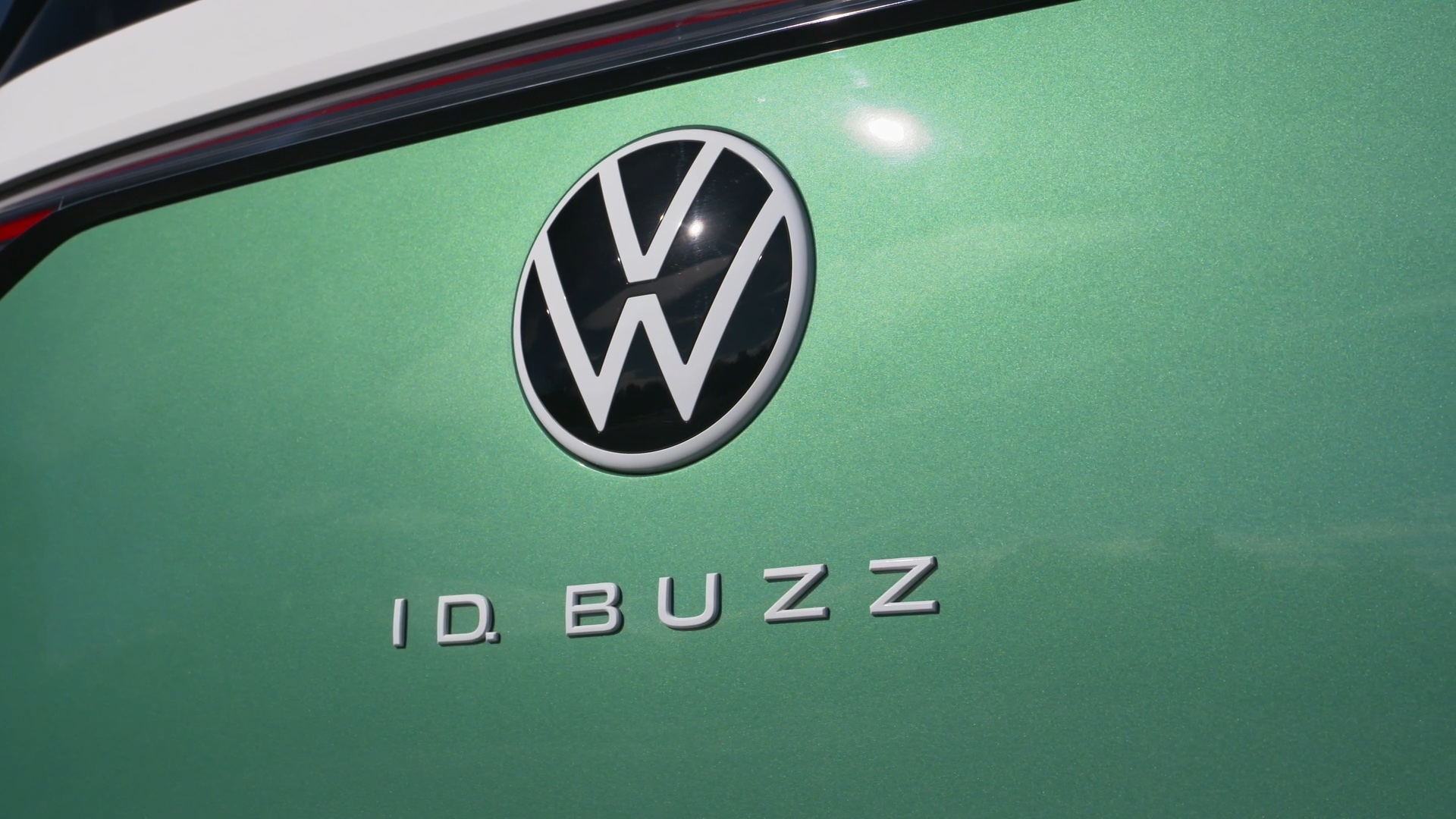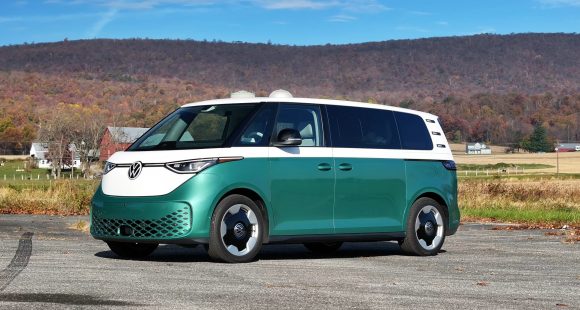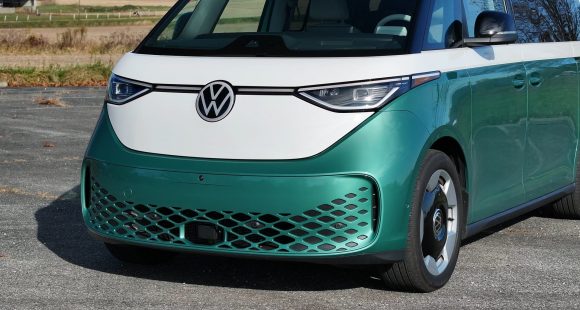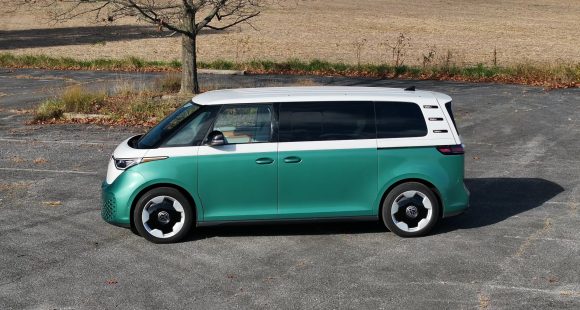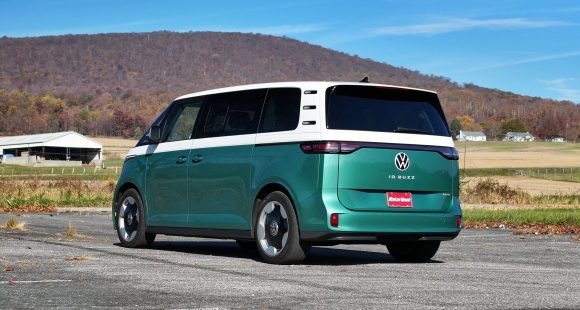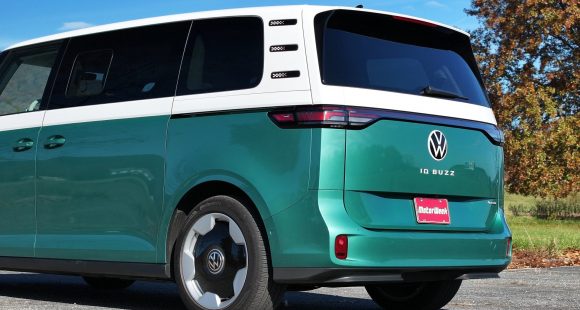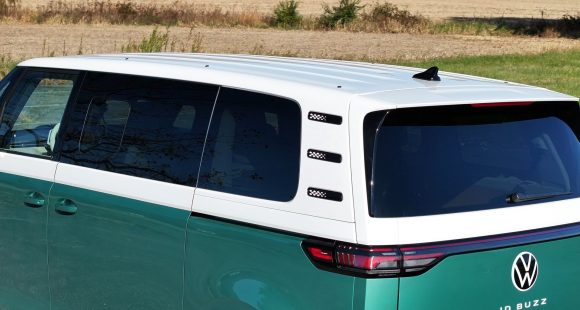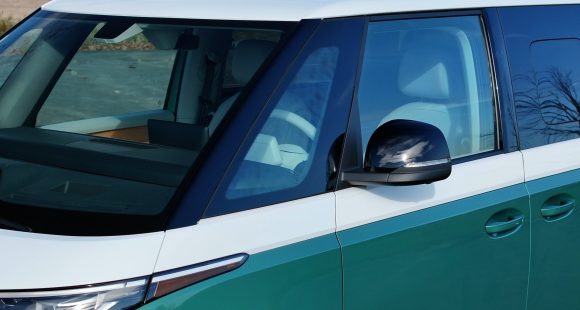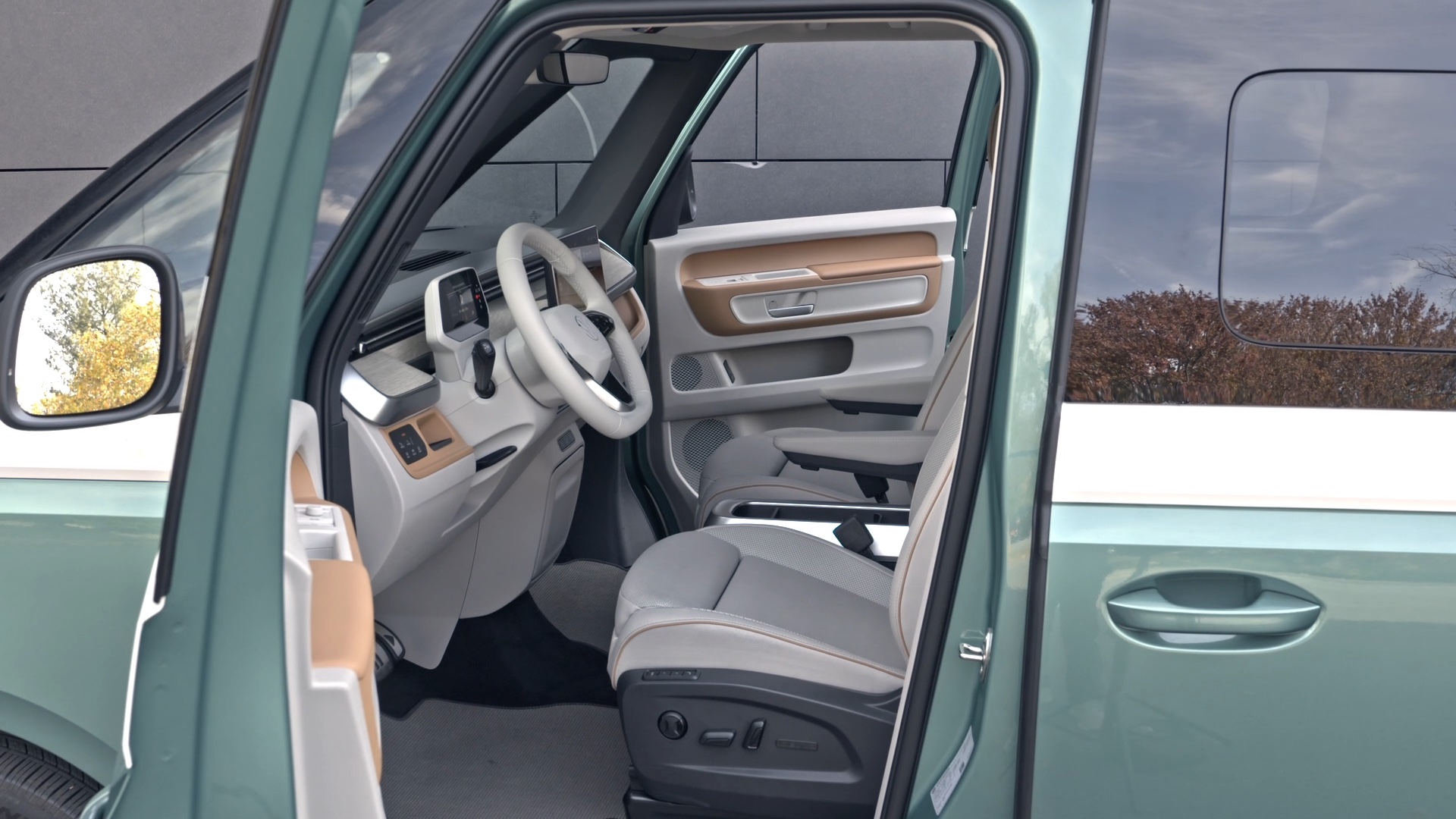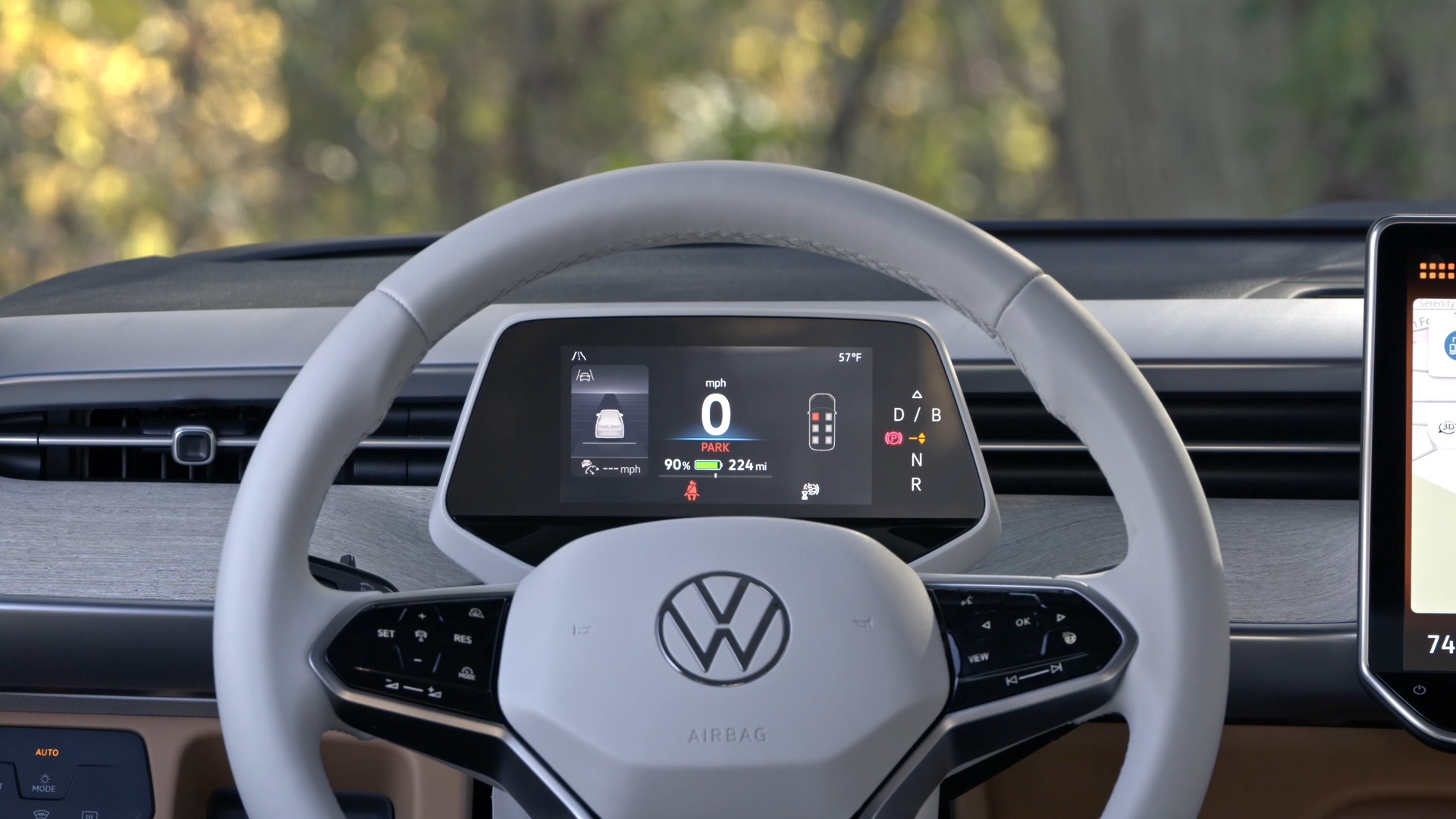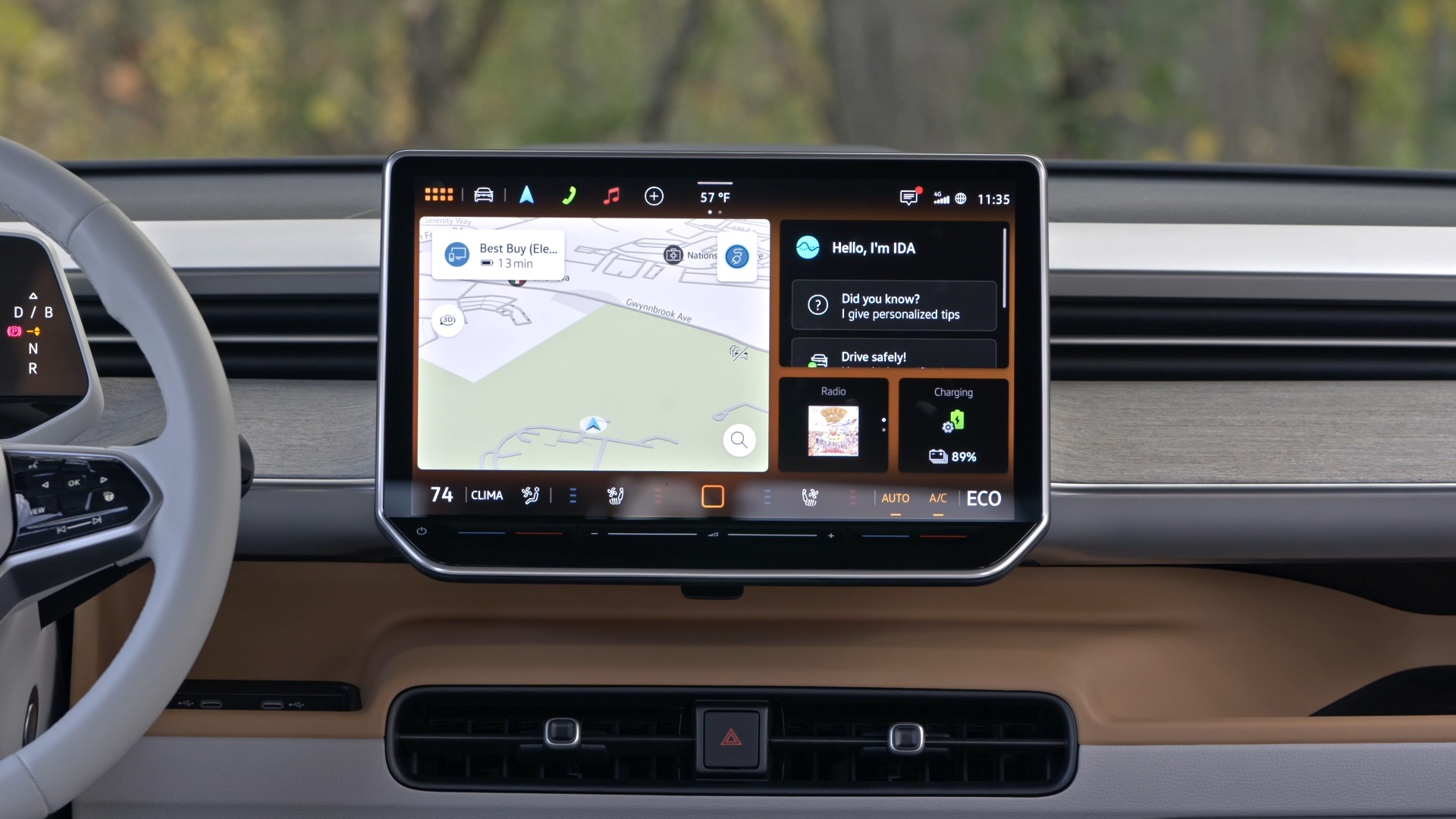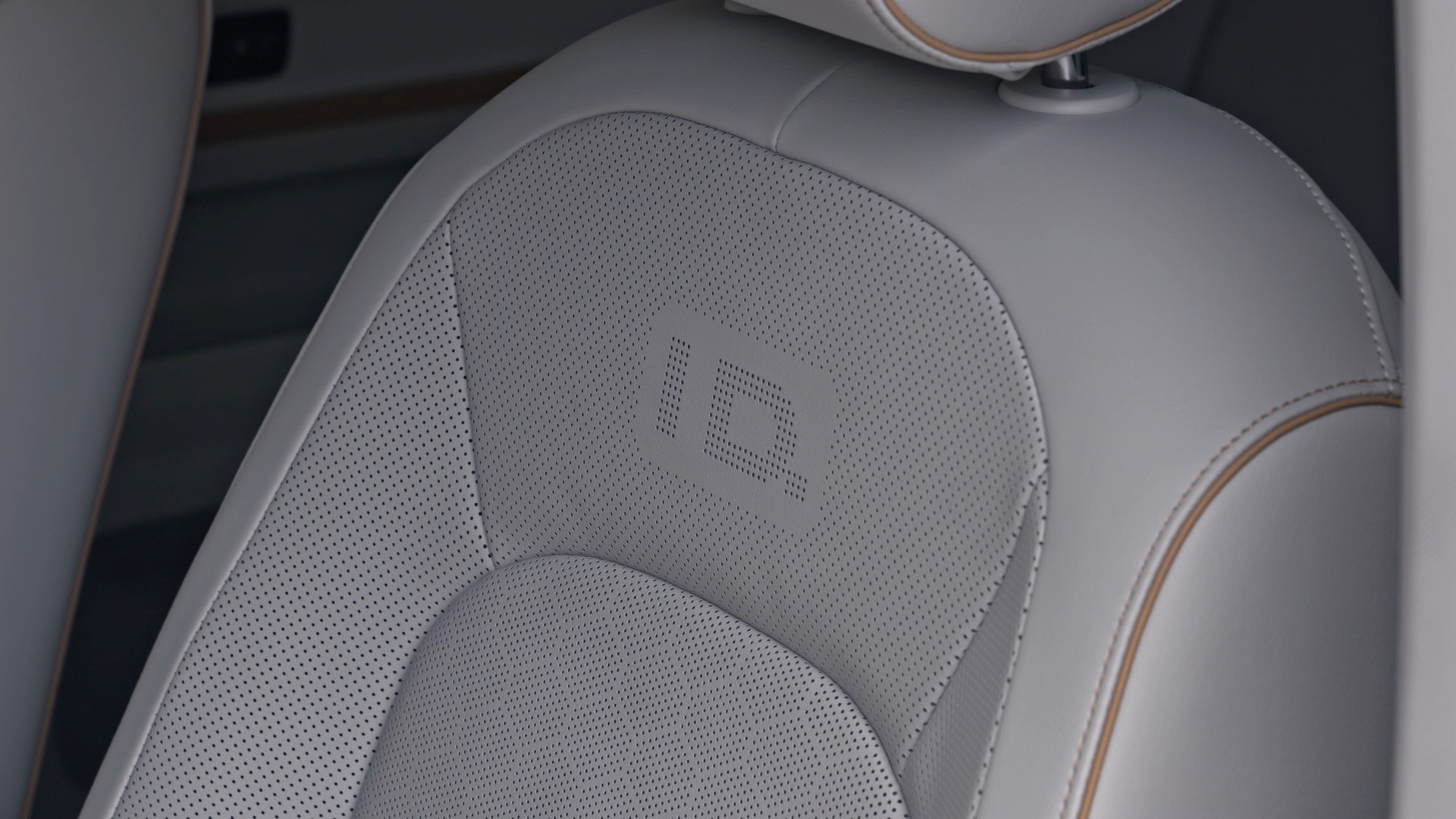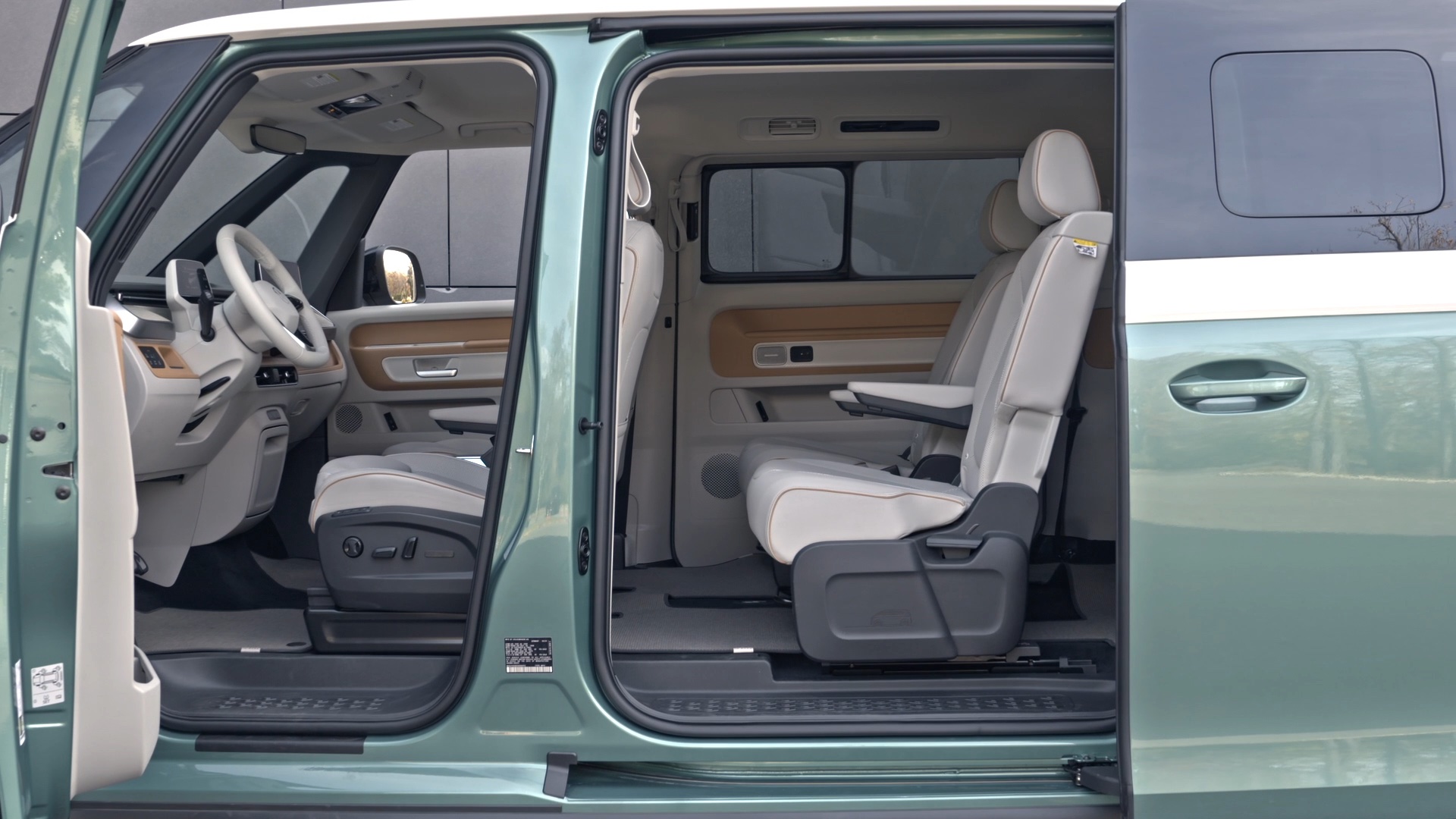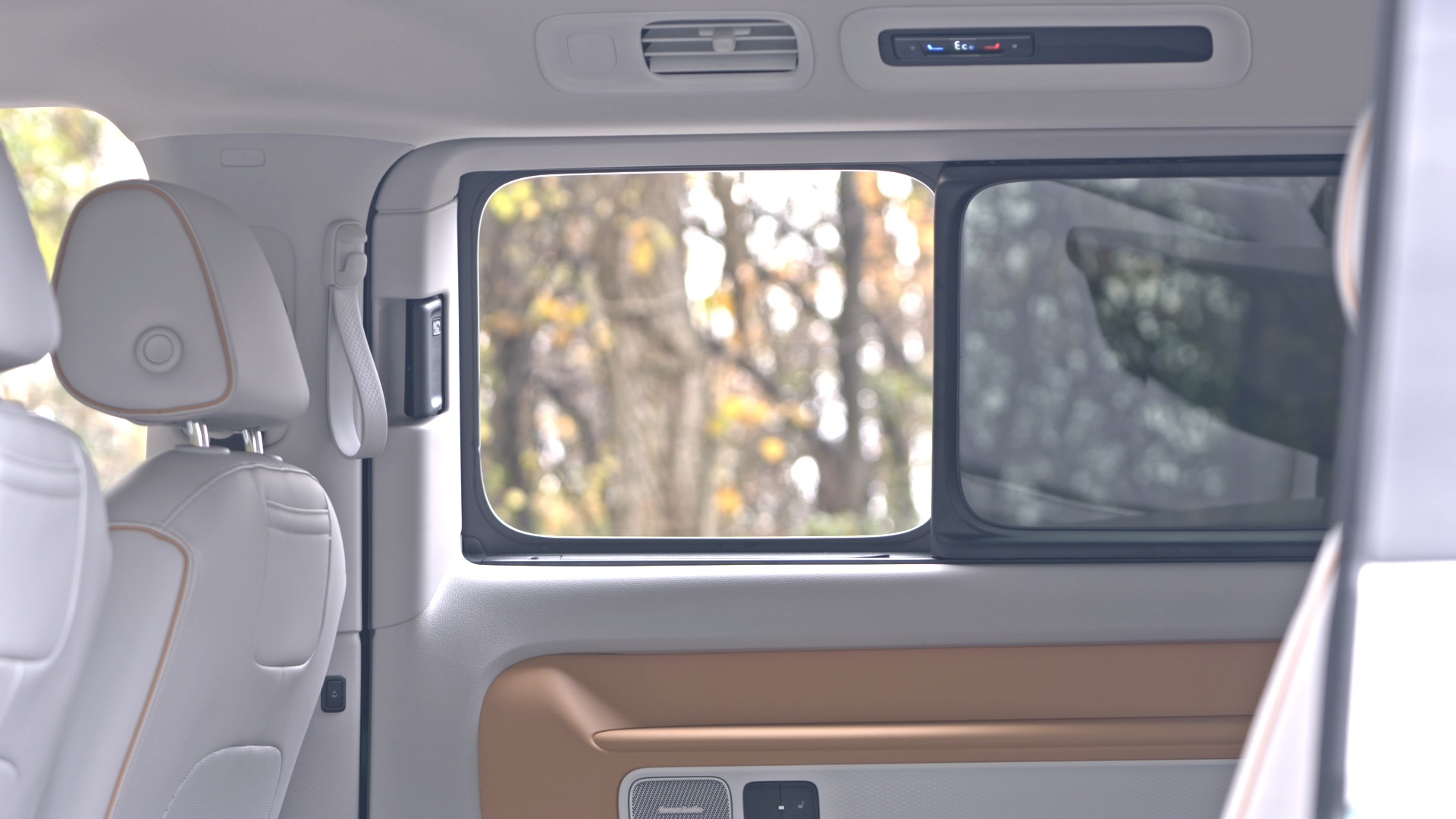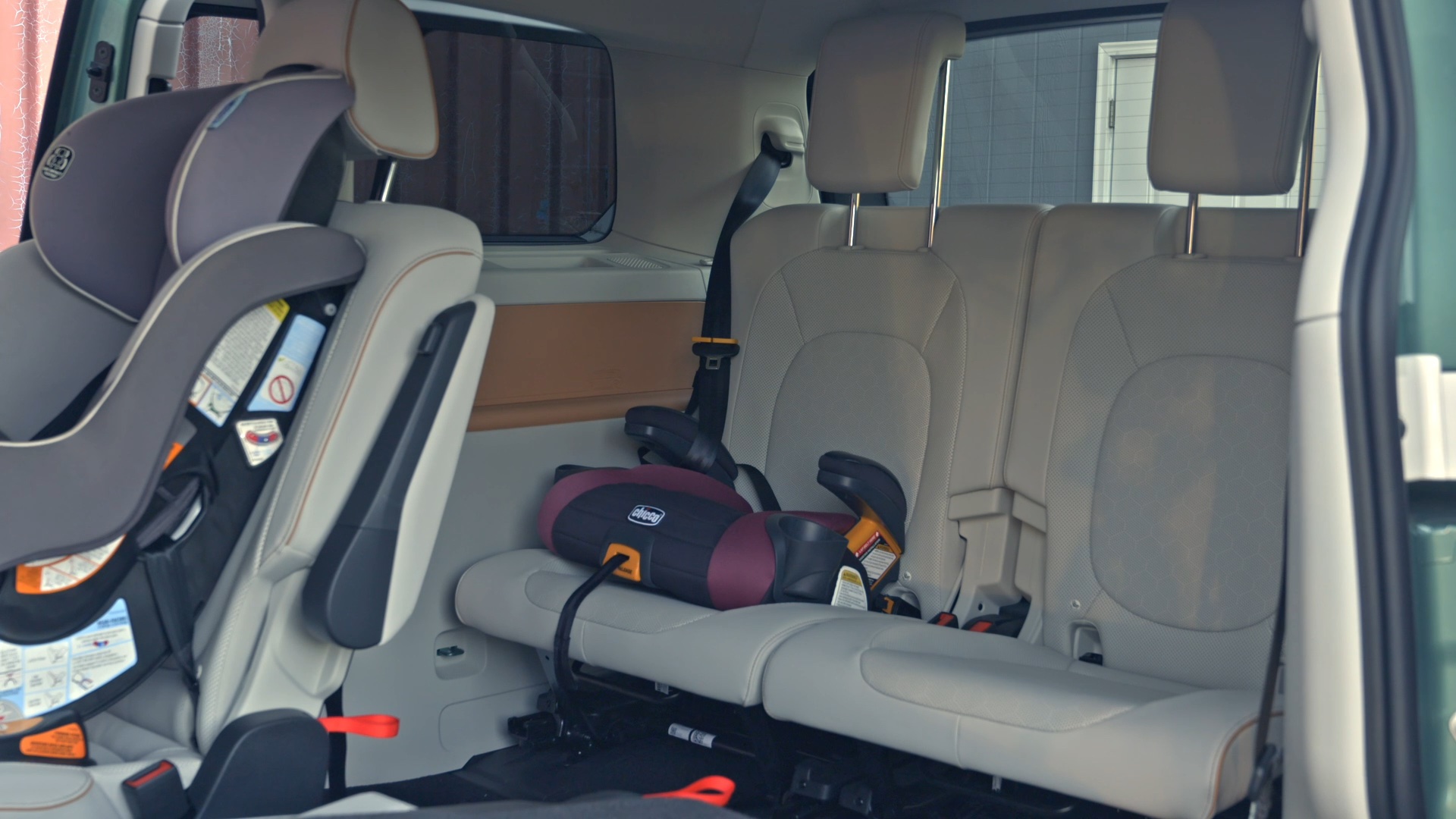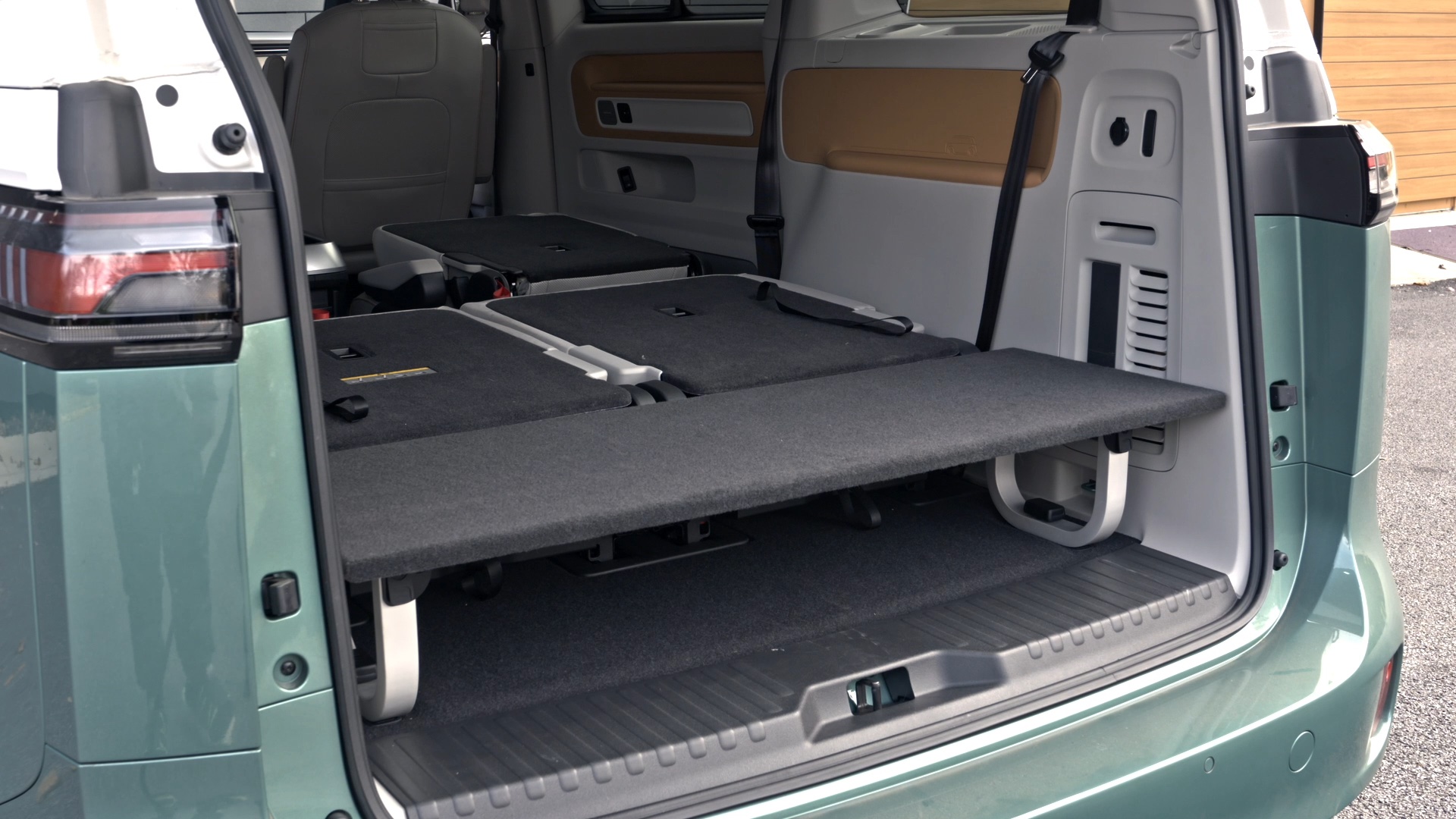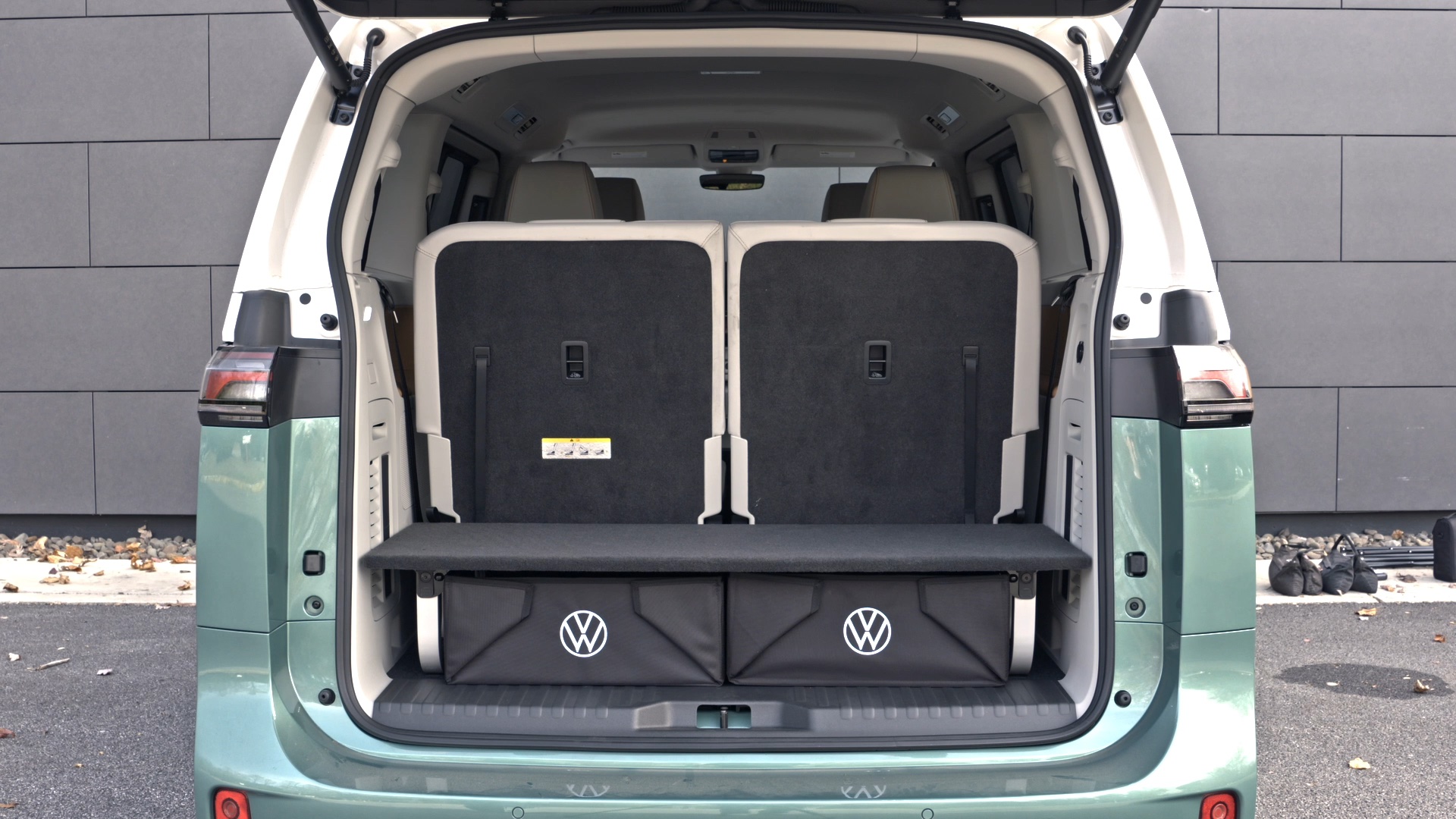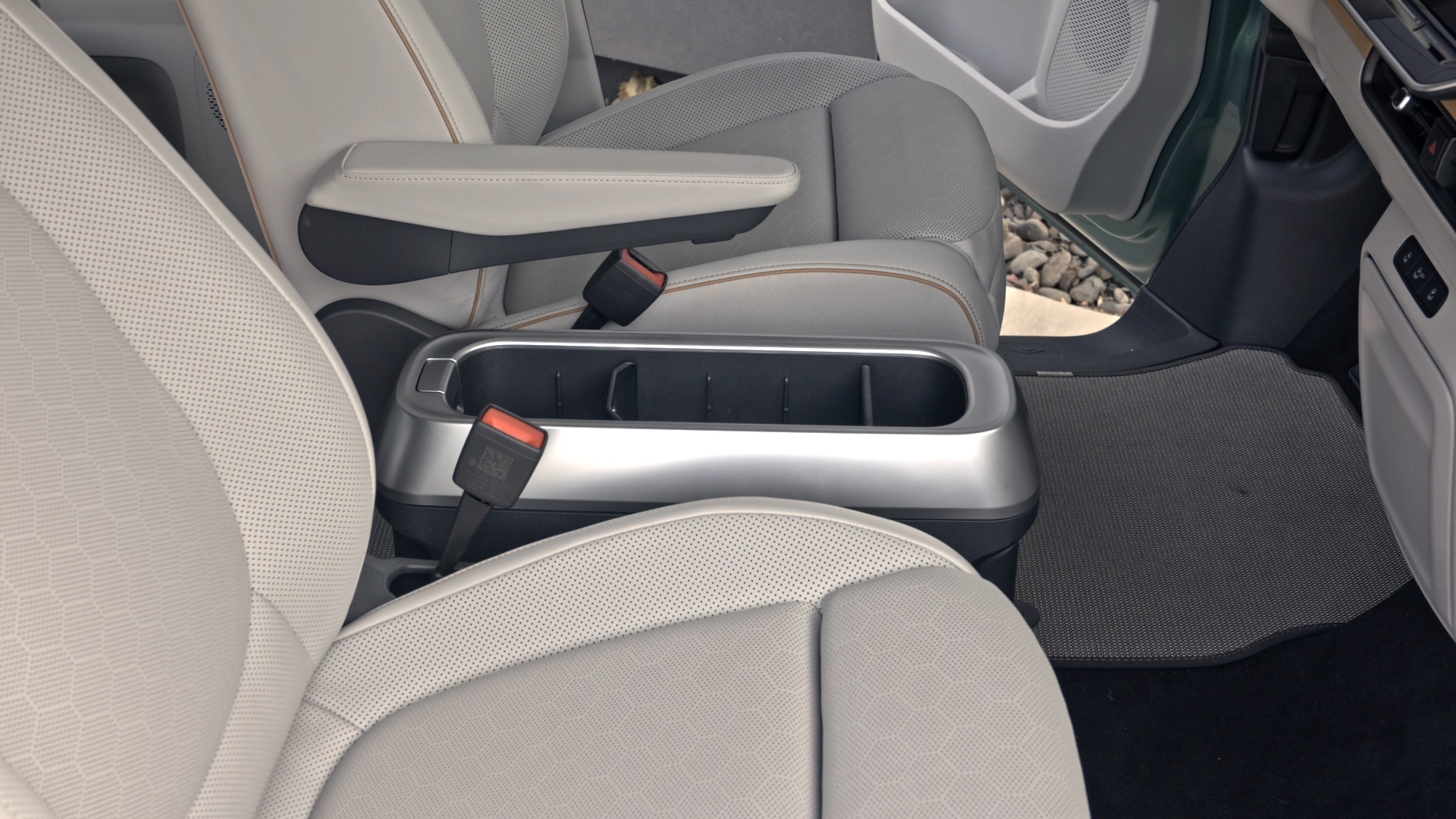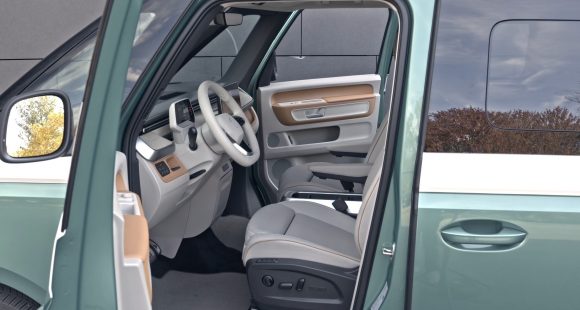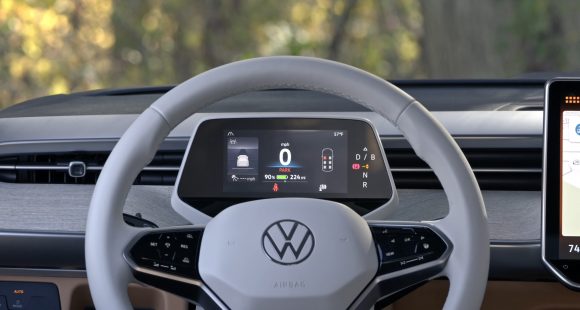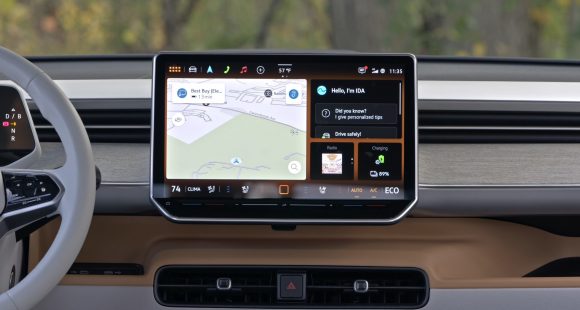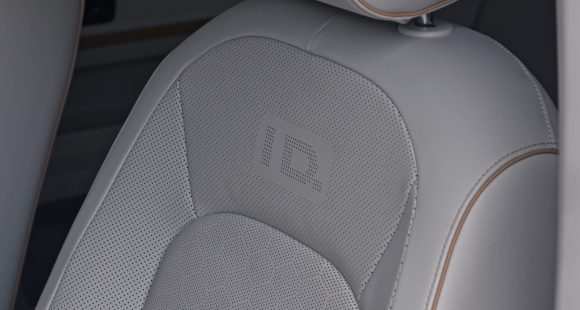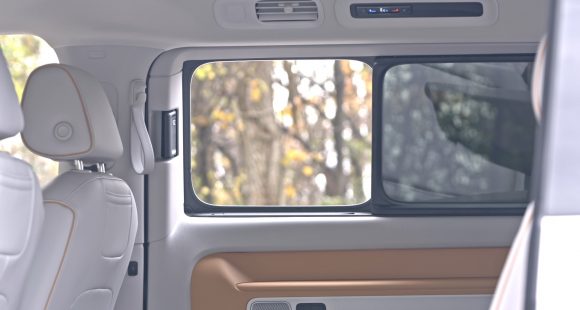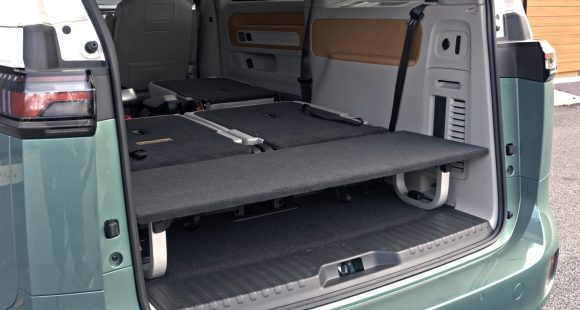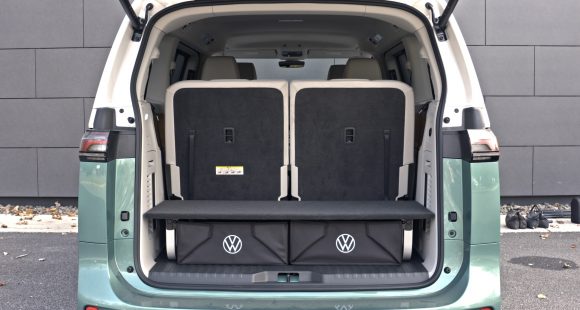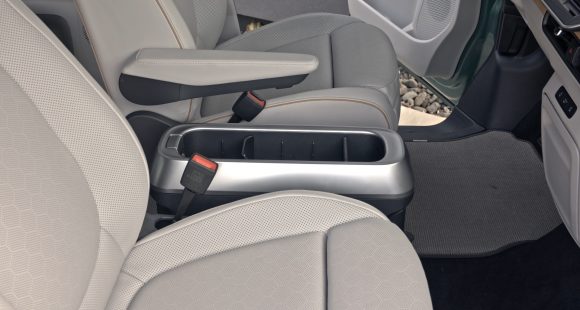2016 BMW X1
The BMW X1 was a true, early entry into the subcompact luxury crossover segment. But as is often the case, those that quickly follow are able to use your blueprint and improve upon it. Thus a new X1 has now been unleashed on the entry-level luxury loving streets of upscale suburbia. But there’s more new here than meets the eye.
The 2016 BMW X1 may not look all that unique from its predecessor; but it is indeed vastly different, riding on all-new architecture, and a front-wheel-drive based one at that.
Surely blasphemy to the BMW faithful. It’s all about baby steps, folks. BMW has already gotten you addicted to their SUVs, and now they slip in the front-drive architecture.
It doesn’t take a genius to figure out the reasons for that change; to drive costs down thanks to platform sharing with MINI, while bringing interior space up.
And there is indeed more room, especially in the back seat; but don’t expect midsize space here, it still feels smallish.
There’s also a bit more cargo space, climbing from 25.0 to 27.1 cubic-ft.; accessed by a standard power lift gate. Hands free operation is an option making the X1 a much more practical vehicle.
 And we do like our practicality, as does BMW; giving us functionality plusses like the 40/20/40 split-folding rear seats that slide and recline; as well as fold almost fully flat to expand the space to 58.7 cubic-ft.
And we do like our practicality, as does BMW; giving us functionality plusses like the 40/20/40 split-folding rear seats that slide and recline; as well as fold almost fully flat to expand the space to 58.7 cubic-ft.
All of the additional space wasn’t really a necessity, but it is much appreciated, making the X1 one of the roomiest in its class; now just about the perfect size for families either starting out or nearing the empty nester phase.
Still, the X1 retains that intimate feel that we love in a BMW, being surrounded by a luxury-clad, competently sporty vehicle. And not only are all materials inside improved, but everything seems more upscale in operation.
Well, everything except the front seats, that is. They are small, narrow, and uncomfortable almost to the point of being a deal breaker. And you definitely want to think twice about seats this light in color if kids are in your foreseeable future.
The X1 is initially available only in a single xDrive28i model. So despite a front-drive type chassis, it comes standard with all-wheel drive. As does an 8-speed automatic transmission and 18-inch wheels. Plenty of add-ons like head-up display and advanced safety features are available.
 Though I6 power is offered no more; only a 2.0-liter turbo I4. Still, 228–horsepower and 258 lb-ft. of torque easily puts it among class best.
Though I6 power is offered no more; only a 2.0-liter turbo I4. Still, 228–horsepower and 258 lb-ft. of torque easily puts it among class best.
We tried to make it sweat, but it responded by continuously delivering smooth and buzz-free trips to 60 in 6.3-seconds. It’s quite torquey off the line, with some front wheel spin before the rears kick in to compensate.
Gear changes were quick and firm, accompanied by a nice exhaust rasp throughout the 14.8-second ¼-mile run, which we completed at 94 miles-per-hour.
Even with the shift to a front-drive chassis, handling remains very rear-drive BMW-like. That’s not a big surprise, since this platform already deals out plenty of fun in the MINI Cooper. And, with all-wheel drive standard, it’s almost a guarantee that most buyers will not be able to tell the switch in chassis design.
Though we certainly could sense some additional understeer; body roll was kept well in check.
111–foot average stops from 60 is certainly not bad either, but braking performance was not quite up to the par we had in mind. Stops were inconsistent and the pedal felt soft with a fair amount of travel.
The X1 does appear more SUVish than before, and much better looking overall. But like most of the European crossover entries in this segment, still a little too “wagony” for our tastes.
 Most every dimension has increased, except for length; minus-1 overall, while the wheelbase shrinks by 3½-inches to 105.1.
Most every dimension has increased, except for length; minus-1 overall, while the wheelbase shrinks by 3½-inches to 105.1.
Government Fuel Economy Ratings are 22-City, 32-Highway, and 26-Combined. Our average was just 24.8 miles-per-gallon of Premium. Still, that makes for a better than average Energy Impact Score of 12.7-barrels of annual oil use with 5.7-tons of CO2 emissions.
X1 base pricing is a reasonable $35,795; but you can easily tack on another 10-grand in optional packages.
Oddly enough, going against just about everything BMW stands for, has made the 2016 BMW X1 one of our favorite BMWs; especially if you look at is as a sporty 5-door, not as an entry-level crossover.
It may not be the most capable or comfortable mini-ute on the market, but as you can expect, it’s one of the most fun. BMW has addressed anything we didn’t like before, as well as taken almost everything that we did like about the previous gen X1 and made it better. And most importantly, given us more of it.
Specifications
- Engine: 2.0 liter Turbo I4
- Horsepower: 228
- Torque: 258 lb-ft.
- 0-60 mph: 6.3 seconds
- 1/4 mile: 14.8 seconds @ 94 mph
- EPA: 22 mpg city/ 32 mpg highway
- Energy Impact: 12.7 barrels of oil/yr
- CO2 Emissions: 5.7 tons/yr
- Transmission: 8 spd automatic
2025 Volkswagen ID. Buzz
Volkswagen Brings Beetlemania Level Of Excitement To Minivan Segment
The duty of upholding Volkswagen’s heritage has most recently been delegated to small legacy car names like Golf and Jetta. But hold on! A much larger, totally modern take on VW’s classic microbus has just buzzed over the horizon— the all-electric ID. Buzz. It’s been at the top of our minds since we first saw the concept back in 2017. Well, it’s finally here, so let’s get our groove into drive!
This 2025 Volkswagen ID. Buzz has indeed created the most buzz around Volkswagen since the Beetle’s return to the U.S. in the late 1990s. We couldn’t drive it anywhere without drawing a crowd. No wonder, just about everyone has a VW Microbus story to tell, and seeing this reimagined version rolling down the street brings back all those memories.
VW really pulled it off as far as we’re concerned, as it looks great without appearing over the top. All the cues are here: Big VW logo front and center, lots of greenhouse including A-pillar windows and mini sliders for the second-row passengers, D-pillar air vents, and two-tone wheels. And while its appearance may be pure retro, its drivetrain is far from it, as the ID. Buzz is all-electric, and unlike the new Beetle, the Buzz does retain the original Microbus’ rear-drive architecture.
Powering those rear wheels is a 210-kW motor drawing juice from a 91-kWh battery for a range of 234 miles; 200-kW max charging will get you to 80% in about 26 minutes. Buyers can add another small 80-kW motor up front for 4motion all-wheel-drive and an increase of total output from 282 to 335 horsepower with a combined 512 lb-ft of torque. It uses the same battery, but range estimates drop just slightly to 231 miles. But while those numbers are modest, we also found them to be quite conservative, as we observed as many as 287 miles available in our all-wheel-drive tester’s gauge display and were on pace for 273 miles in our driving loop.
One throwback theme that may be a turnoff to some is that it’s quite a step up into the Buzz’s front seats, but there’s certainly a commanding view of the road once you climb in. Second row seating can be either a three-place bench or a pair of captain’s chairs, so there’s generous room for seven or six passengers. The captain’s chairs in our Pro S Plus offer good support and very easy access to the third row.
Lots of flexibility too with the option to simply fold the seats or remove them altogether.
With the sliding side doors and a wide opening rear hatch, there’s plenty of access for loading big sport utility amounts of cargo. Lots of flexibility too with the option to simply fold the seats or remove them altogether, and the ability to create a full-length flat floor with a rear cargo shelf that covers some handy removable storage bins. There’s 18.6 cubic-feet of space behind the third row, 75.5 behind the second, and a max of 145.5. That’s more than a Chevrolet Tahoe. For smaller items, there are lots of cubbies throughout the cabin, along with a standard Buzz Box that can be moved to multiple locations.
With a design that prioritizes retro form and modern function over aero efficiency, the 4motion equipped ID. Buzz earns a Fair efficiency rating, using 42-kWh of electricity per 100 miles, and we weren’t sure what to expect at our Mason Dixon test track.
What we found was great torque off the line and drama free launches to 60 in just 5.3 seconds. It was very stable at speed and power delivery stayed steady most of the way down the track until we reached about 90 mph, when it began to taper off just before we finished the quarter-mile in 14.0 seconds flat at 97 mph.
With 1,200-lbs. of battery weight nestled in its 127.5-inch wheelbase, the Buzz felt planted to the pavement through our handling course. There was quite a bit of body roll to deal with, but surprisingly little understeer. In panic braking runs, pedal response was inconsistent, feeling soft at times, pushing back hard at others; but through it all, results were quite good, stopping from 60 in an average of just 108 feet.
Three interior themes are available, this Dune is the brightest, featuring coastal inspired wood optic dash décor, “gray and clay” leatherette surfaces, and a high-mounted central 12.9-inch touchscreen. Pricing starts with a rear-wheel-drive Pro S at $61,545; this Pro S Plus begins at $65,045, add another $4,500 for 4motion, which brings a few extra features along with all-wheel drive.
Retro design with old-school VW charm, modern EV drivetrain, big SUV capacity merged with minivan flexibility; it all comes together in this 2025 Volkswagen ID. Buzz. It’s easily one of the coolest rides of the year and one that will likely keep Volkswagen dealers buzzing for years to come, and that’s something no other people and things mover can say.
Specifications
As Tested
- Motor Setup: Dual-Motor AWD
- Battery Size: 91-kWh
- Horsepower: 335
- Torque: 512 lb-ft
- EPA Range: 231 miles
- 0-60 mph: 5.3 seconds
- 1/4 Mile: 14.0 seconds at 97 mph
- Braking, 60-0: 108 feet
- MW Test Loop: ~ 273 miles







